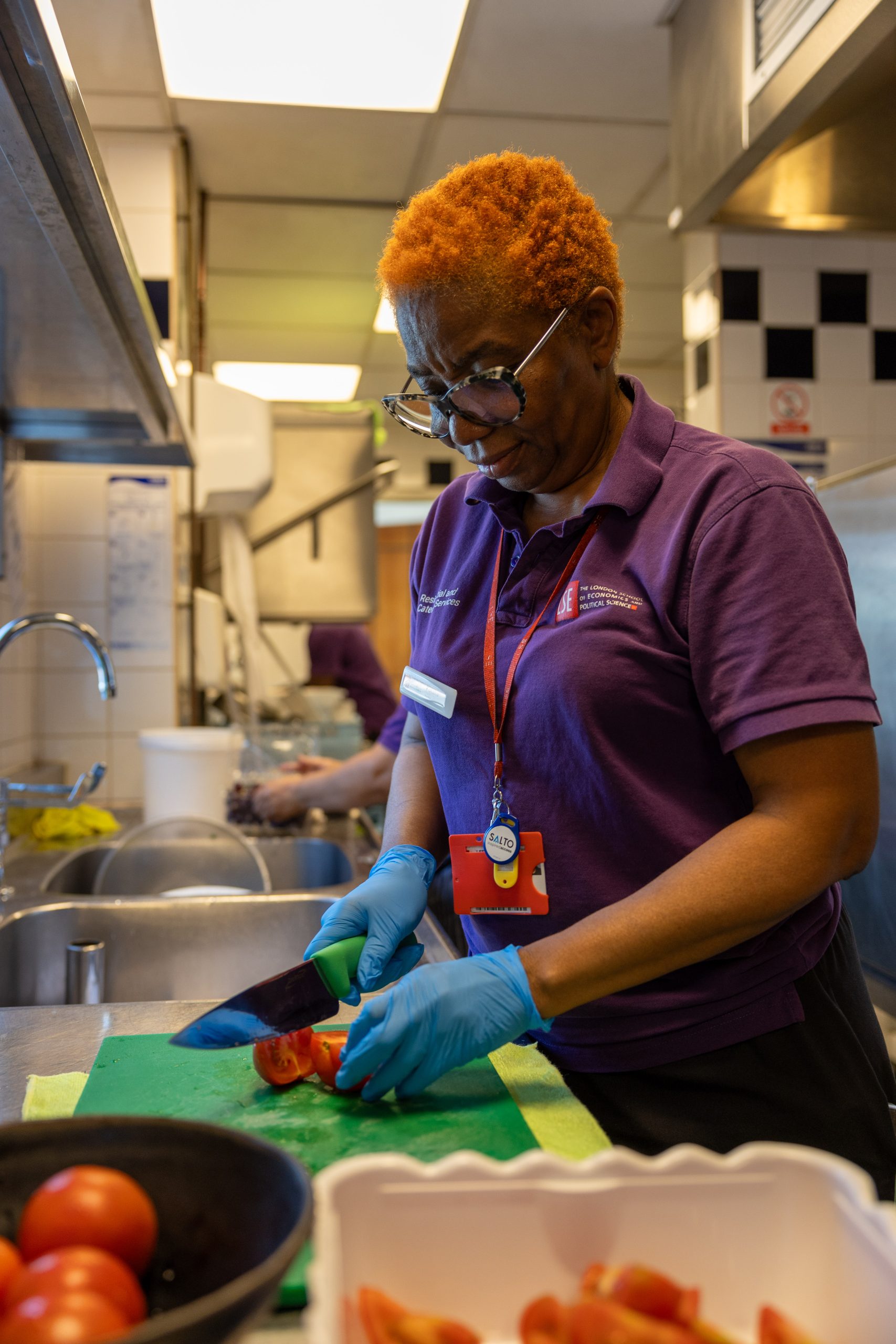By: Ana Fegan-Smith
Like many who hotly anticipate the start of the new academic year – after recovering from exams, continuing the corporate grind (and maybe squeezing in a trip or two) – I’ve been eagerly anticipating news about the various sports at LSE. There were a certain few sports clubs I particularly had my eyes on. But after seeing the appalling unequal sex balance in some of the committees, it’s hard not to feel disappointed.
This is not an uncommon trend. At the time of writing, of the 41 student-led sports and activity clubs at LSE, 25 are confirmed as mixed-sex. At the time of writing, five of those 25 have yet to introduce their committees via social media, and 11 have confirmed an unequal sex balance; inevitably, women are disproportionately underrepresented. Such figures are puzzling, considering that the latest statistics show that in 2022/23 57% of students were women. Why, then, are we consistently underrepresented and outnumbered in nearly every aspect of student-led sports?
Attempts to rationalise why sex inequality is so prevalent within sports are not isolated to LSE; it has long been debated. Some would argue it is by chance: women are less interested in many sports on offer, instead being preoccupied with more ‘girly’ matters, and thus inevitably fewer are interested in joining and leading sports teams. Some may argue it’s due to biology–after all, isn’t it a well-known fact that people assigned male at birth are more athletic? Some would argue it’s because of the lack of funding and opportunities available to women athletes: the average salary of a woman NBA player is 110 times less than that of a male NBA player. Even when women do make it to the most senior levels of athletics, it’s only a matter of time before they’re sidelined again. It was only in June that Manchester United announced the women’s team would be moved out of their new £10 million complex into portable buildings, while the men’s team benefited from a £50 million regeneration of their Carrington site. One could hardly conceive the possibility that such a decision would’ve been permitted if it was the other way around. Though all propositions carry merit, albeit some more so than others, they all fail to recognise the very foundation of society’s conception of sports: how we describe it.
Identifying the impact of the language we use is critical when attempting to understand the core issues of sex inequality in sports. It is uncontested that the default of agreeing to ‘go and watch the footy’ with your mates in the pub describes watching men’s football. When buying tickets to see the rugby sevens, it seems almost ludicrous to interpret that as anything other than seeing the men play. Even when describing world champions, Novak Djokovic is hailed as the most successful tennis player of all time, whereas Margaret Court is hailed as the most successful woman tennis player, despite them currently being drawn on the number of major titles achieved. Not only that, but the style of athleticism is described differently. Katie Taylor is described as having an aggressive boxing style, instead of precise and strategic. Tyson Fury’s erratic movement, on the other hand, is regarded as unpredictable and hailed as a strength.
LSE, admittedly, is better with this description than lots of places. It’s more commonly accepted to describe each sports club according to whether it’s single-sex or mixed. Both Lacrosse and Hockey, seemingly by default, refer to themselves as ‘mixed’ sports. Similarly, football makes the active distinction between men’s and women’s, a crucial decision if we want to obscure the maleness default.
However, there is more that can – and must – be done. It’s easy to remain complicit in tackling sex inequality at the local level and the university level, but we must continue to call for change. Affirmative action, for all of its criticisms, will play a crucial part in this. Continuing to reshape how we discuss LSESU sports, mandating a 50:50 split in the sex of each club’s committees, and providing tailored education to both sexes as to why this equality is vital, are only the first steps in such a journey.
The truth is, the search for an explanation of sex inequality in sports, combined with calls for action, is likely to persist for many generations to come. But that doesn’t mean LSE can’t be the trailblazer in such activism. We can, and should, lead this movement if we want our community to have any semblance of sex equality. But the one thing we mustn’t forget? Words matter.


